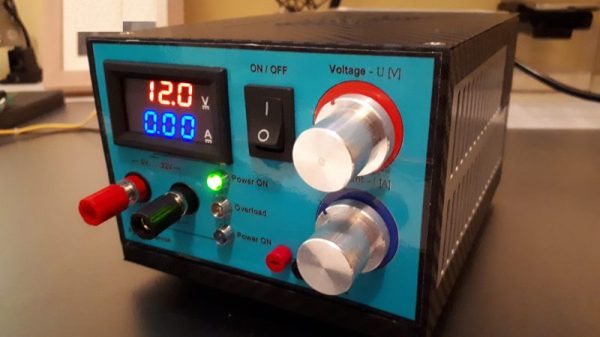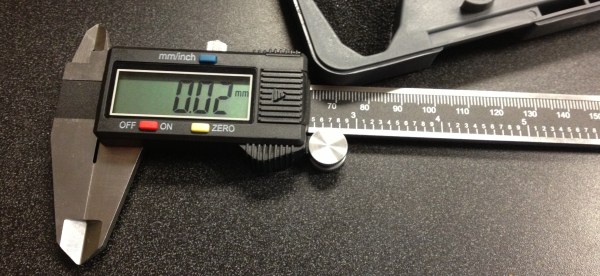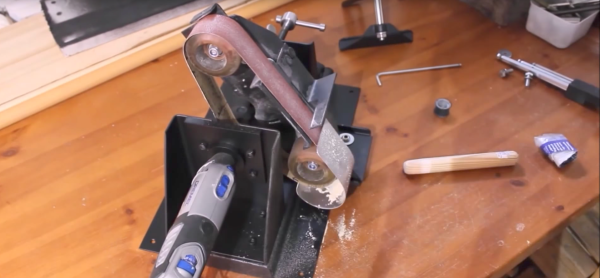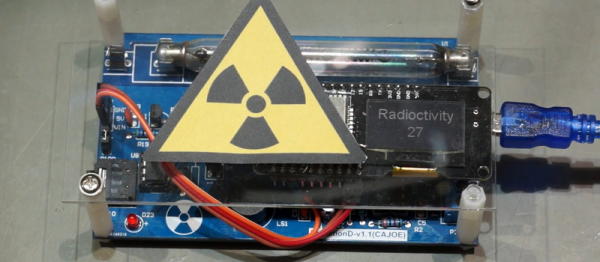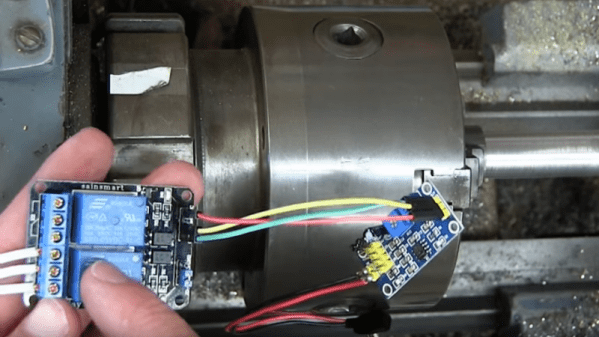We know what you’re thinking — yet another scrap PC power supply turned into a bench PSU. But look a little closer and you’ll see a nicely designed linear bench supply that just fits inside a gutted ATX case.
A lot of the items on [Medzik]’s BOM for this build are straight from the scrap bin. The aforementioned ATX supply case is one, as is the power transformer donated by a friend. Modules such as the 30V/2A regulator, the digital volt/ammeter, and a thermostat module to control the fan at higher power settings were all sourced via the usual suspects. The PSU boasts two outputs — an adjustable 0-22 volt supply, and a fixed 12-volt output. An unusual design feature is a secondary input which uses the 22-VAC supply from a Weller soldering station to give the PSU a little more oomph. This boosts the maximum output to 30 volts; one wonders why [Medzik] didn’t just source a bigger transformer, but you work with what you have sometimes. There are some nice touches, too, like custom-printed vinyl overlays for the case.
It’s a good-looking and compact unit with a decent suite of features, and you could do a lot worse when building your next bench supply. If it’s not your cup of tea though, just take your pick — tiny and yellow, built to last, or ensconced in Ultrasuede.

